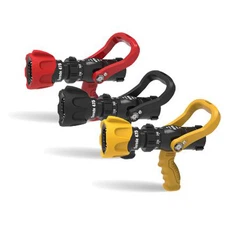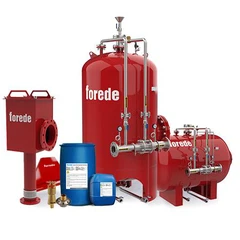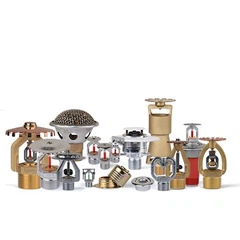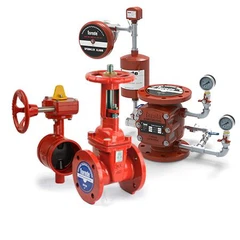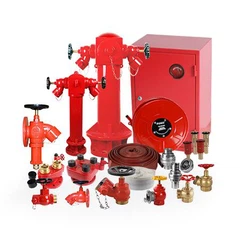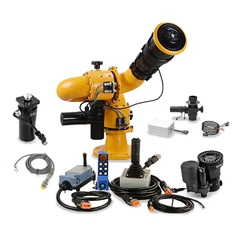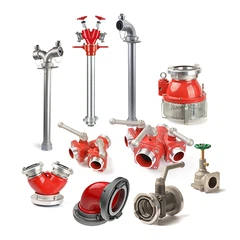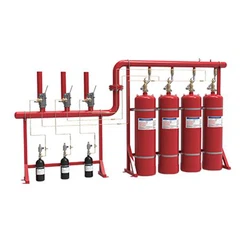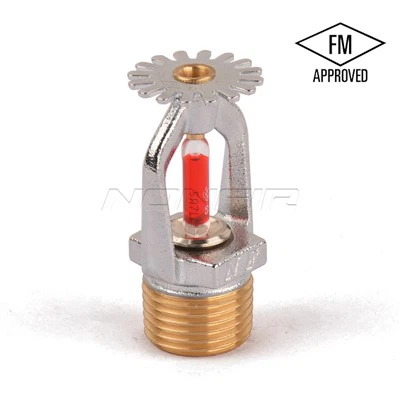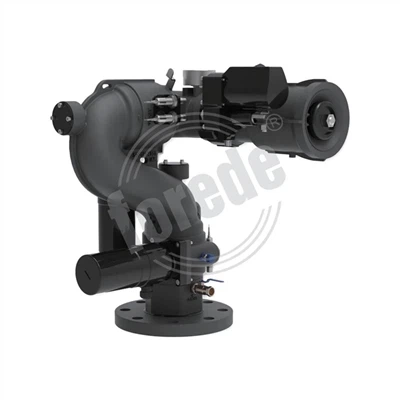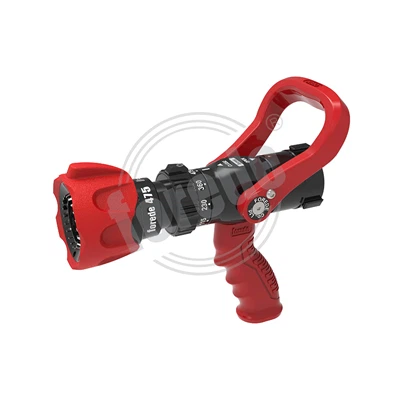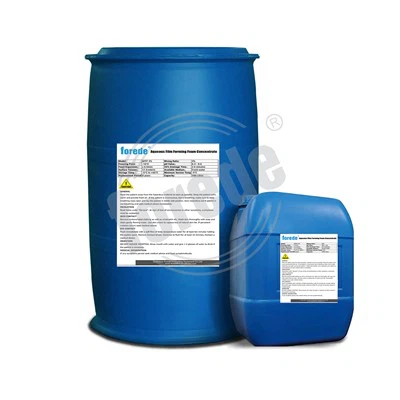Products Description
Landing valve inlet connections are available with threaded or flanged options. Within buildings, the use of threaded options is preferred due to the advantage of lower space requirements and easy installation (especially when installed within Hose cabinets.In industrial settings, where line pressures are higher, the use of flanged connection is considered safer. Many national standards did not allow threaded connections for landing valves (citing safety reasons), but if properly machined and installed (and certified by international testing/certification bodies), they offer operational and financial benefits over flanged connections in certain applications (especially within buildings).
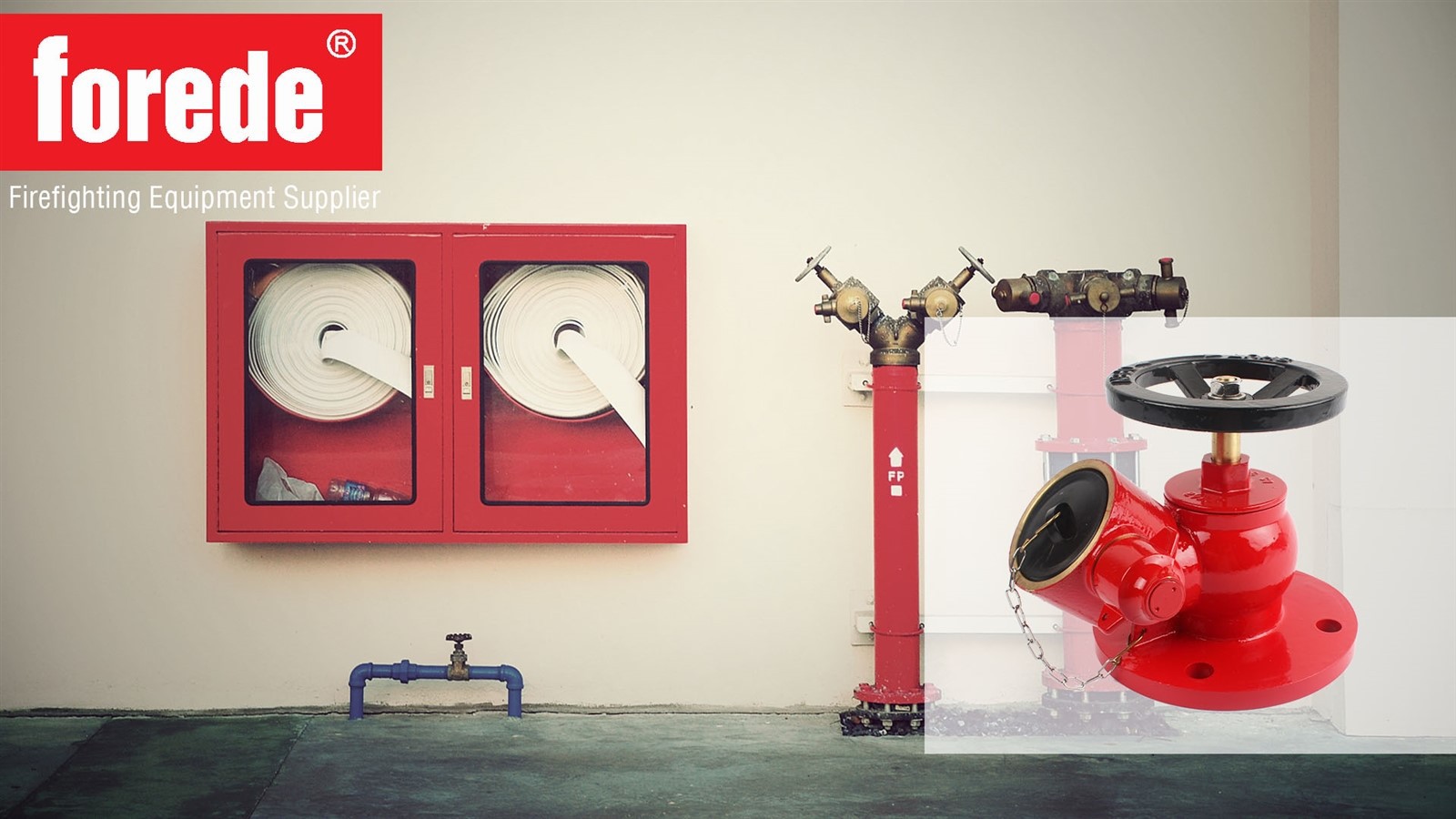
Difference With Hydrant
A fire hydrant is simply a valve-like device similar in function to your water tap that provides constant water flow when you open it. Firefighters connect their water hose to that big valve that provide pressurized water flow (normally at 65 psi) to fight a fire.
Hydrant systems typically refer to firewater systems for the purposes of municipal or industrial applications. The valves
fitted on the hydrant stand posts, as part of the hydrant systems, are called hydrant valves.
To allow easy access for firefighters to extinguish the fire, landing valves are installed on risers of a building, where staircase landings are typically located. For this reason, landing valves can be regarded as all types of valves related to buildings.
The landing valve is considered a core part of the hose system that works as a manual stop valve allowing you to completely control your firefighting system. To activate the water flux of the firefighting system, you simply turn the landing valve handle counterclockwise.
Water pressure matters for high buildings. Therefore, an 11-store building is required to have a fire hydrant on the ground floor and one or two landing valves on each floor.
Applications
The landing valve is an important component in a fire protection system. It is typically installed on the ground floor of a building near a fire hydrant to provide firefighters with access to a water supply for fighting fires.
The landing valve is used to control and regulate the water flow from the fire hydrant to fire hoses and other firefighting equipment. It has a large control wheel that allows the firefighter to adjust the water flow according to the needs of the situation.
In emergency situations, the landing valve can be a lifeline for people and property. It can help prevent the spread of fire, limit property damage, and save lives. Without landing valves, firefighting efforts would be much less effective and much more dangerous.
Overall, the landing valve is a crucial component in any building's fire protection system. It helps ensure the safety of people and property by providing firefighters with the water they need to fight fires and keep them under control.

